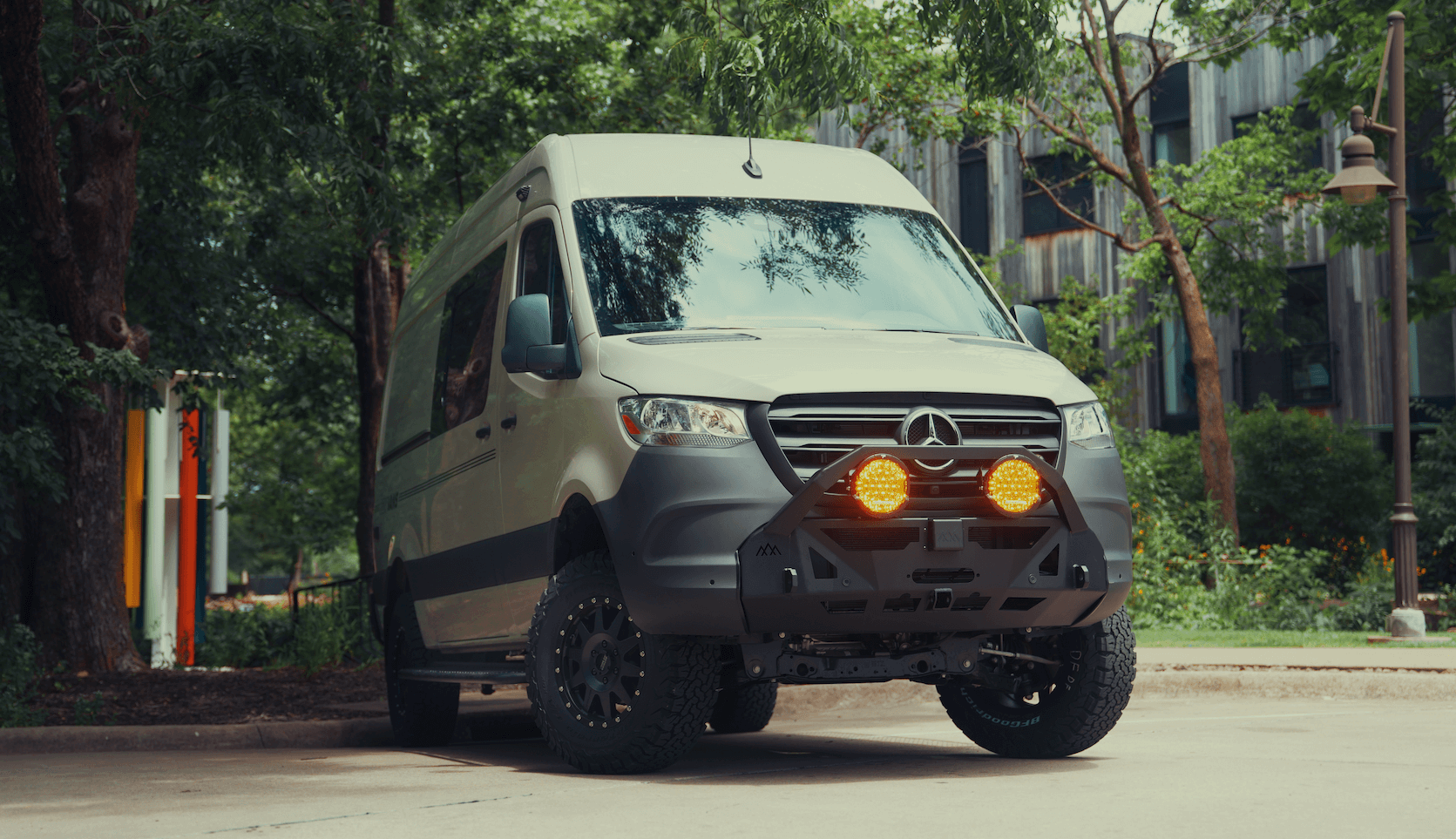Recreational Vans

Marine grade fabric upgrades bring the toughness of open water to land based interiors. These textiles are engineered to handle sun, spray, and grime while keeping their color and shape. In vehicles, they help seats and soft panels last longer, clean faster, and look new after heavy use.
Marine oriented textiles are built for exposure. They start with durable yarns such as solution dyed acrylic, vinyl coated polyester, advanced polyolefins, and high denier nylons. These fibers resist ultraviolet breakdown, so surface colors hold under extended sun. Solution dyed yarns embed pigment through the filament, which improves colorfastness compared with piece dyed fabrics.
Backing and coatings matter. Vinyls and coated polyesters can incorporate antimicrobial additives, making them hostile to mildew growth in damp cabins. Some fabrics pair a breathable woven face with a waterproof or water repellant backer to block moisture intrusion while allowing vapor to escape. Others use expanded vinyl surfaces that mimic leather grain yet deliver strong abrasion resistance and easy cleaning.
Performance is validated by test data:
Hand feel and texture vary. Some marine fabrics lean rugged with a coated skin and matte grain for utility benches. Others use soft faced woven surfaces with a water repellant finish that are comfortable for daily seating. The key is choosing a surface that fits both use case and touch.
Vehicle cabins challenge textiles differently than boats. Seats and door panels encounter constant entry and exit abrasion, accidental spills, pet claws, and sun through windows. For primary seating, a balanced spec is ideal: a breathable fabric that sheds water, resists staining, and handles tens of thousands of rub cycles.
Consider these decision points:
Foam and backing influence performance as much as the surface cloth. Closed cell foam resists water absorption in wet zones. Reticulated foam drains and dries quickly for removable cushions. Using a breathable liner behind woven cloth can reduce moisture trapping while protecting foam from abrasion.
Color and pattern strategy is practical, not just aesthetic. Medium tone grays and tans hide dust and pet hair. Subtle texture masks scuffs. Darker accents on high touch areas like bolsters can reduce the appearance of wear. Stitching choices matter too; UV stable thread and reinforced seam paths add years to service life.
Comfort depends on breathability, thermal behavior, and stretch. Woven marine fabrics breathe better than most coated skins, staying cooler and drier on long drives. Coated surfaces win on wipe clean convenience and stain resistance. A hybrid approach often works best: breathable woven faces on seats and backs, coated vinyls on kick panels, door cards, and cargo entries where impacts and scuffs are common.
Even the best fabric fails with poor installation. Patterning should account for grain direction and any stretch so panels relax without wrinkles. High wear zones benefit from hidden reinforcement layers, especially on entry side bolsters. Foam selection should match the seat’s intent; high density foam keeps shape under load while reticulated foam manages moisture in removable cushions.
Thread and hardware deserve attention. UV stable polyester thread performs well inside cabins; for extreme sun exposure, PTFE thread offers exceptional longevity. Stainless or coated fasteners prevent corrosion that can stain fabric edges. Where spills are likely, consider seam sealing methods on horizontal surfaces to reduce seepage into foam.
Care is straightforward if the material is chosen for the job:
A simple schedule keeps interiors fresh. Monthly cleaning in normal use, weekly in high traffic or pet transport. Quick spot treatment after any spill. Shade parking and windshield screens reduce UV load and heat, extending fabric life.
When you want the benefits of marine grade fabric upgrades without guesswork, a professional spec pays off. Our team designs interiors that balance breathability, wipe clean surfaces, and UV stability for real travel. We match seating surfaces, panels, and foam to your climate, your cargo, and your miles, then stitch with UV stable thread and finish with cleanable trims.
If you are exploring van platforms and interior directions, start here: Explore recreational vans. Ready for a ground up interior tailored to you? See how we plan and deliver full interiors: Custom van build. Want a capable platform that keeps its book value for easier financing before you upgrade the interior? Review options at Finance friendly vans.
From stain resistant family seating to pet proof cargo areas, we build interiors that hold up to everyday life and long trips. Tell us how you travel, and we will translate that into materials, patterns, foams, and finishing that stay sharp for years.
Share your use case and preferred look. We will spec marine grade fabrics that breathe where you sit, armor where you bump, and clean fast when life spills. Your next road day should be about the drive, not the cleanup.
Ready to spec marine grade upholstery that looks sharp, wears hard, and wipes clean? Tell us how you travel and we will design a custom interior that stands up to sun, spills, pets, and miles. Start your build plan now.
ADDRESS:
6159 E Huntsville Rd, Fayetteville, AR 72701
PHONE:
(479) 326-9200
EMAIL:
info@ozkvans.com